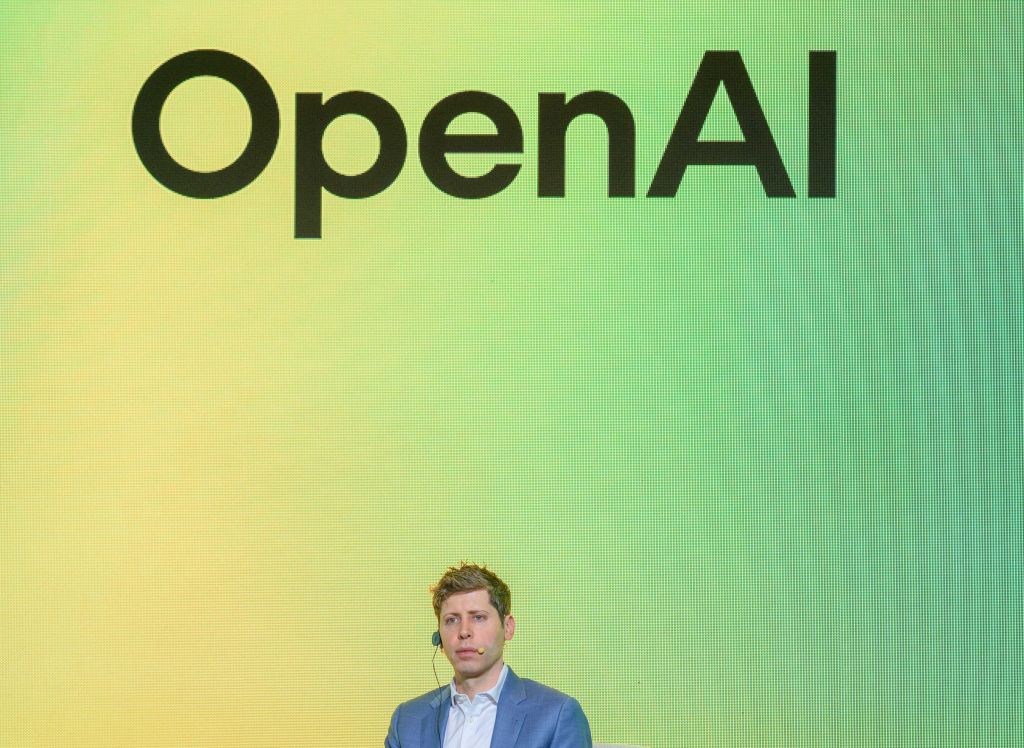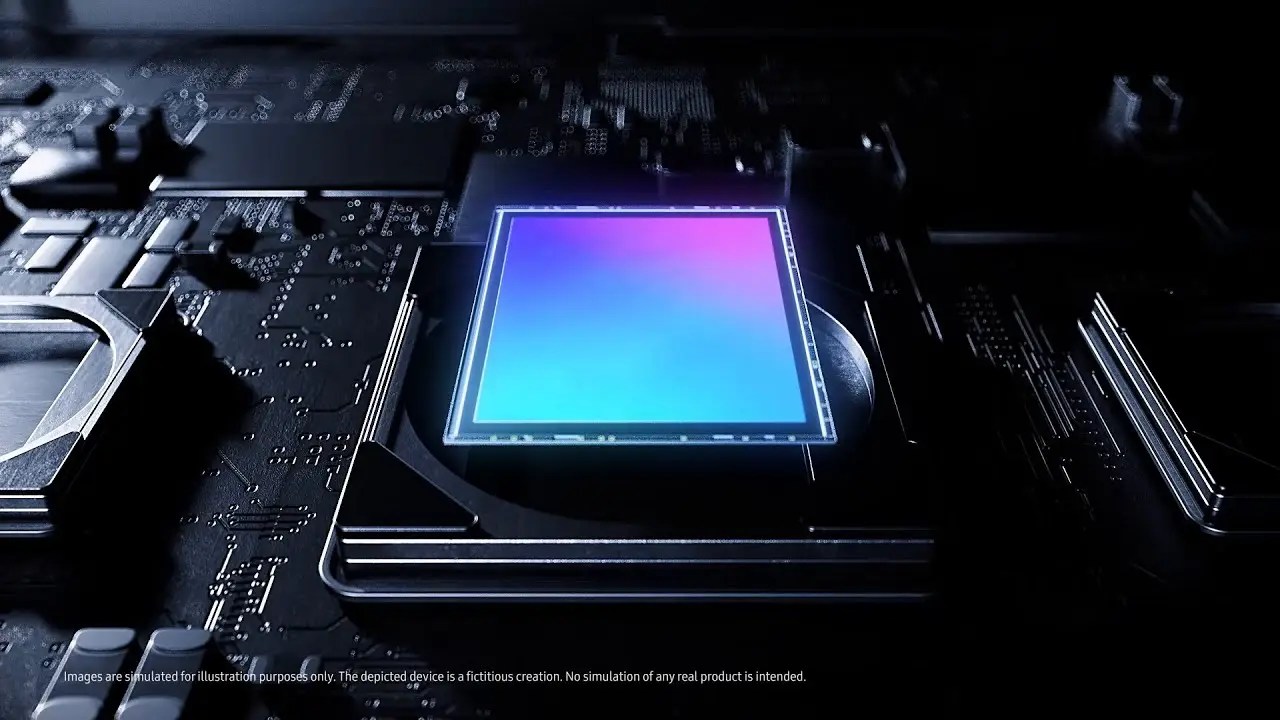Introduction to ChatGPT’s New Image Generator
This month, ChatGPT introduced a new image generator as part of its 4o model, which has shown significant improvement in generating text inside images.
Potential Misuse of the Technology
People are already utilizing this feature to generate fake restaurant receipts, potentially adding another tool to the extensive toolkit of AI deepfakes used by fraudsters. This development raises concerns about the potential misuse of the technology for fraudulent purposes.
Examples of Fake Receipts
Prolific social media poster and VC Deedy Das posted on X a photo of a fake receipt for a real San Francisco steakhouse, which he claims was created using 4o.
You can use 4o to generate fake receipts.
There are too many real-world verification flows that rely on “real images” as proof. That era is over.
— Deedy (@deedydas) March 29, 2025
Others were able to replicate similar results, including one with food or drink stains to make it look even more authentic:
I think in the original image the letters are too perfect and they don’t bend with the paper. They look like hovering above the paper. Here is my attempt to make it more realistic. Let me know what you think.
— Michael Gofman (@michaelgofman) March 29, 2025
Most Real-Looking Example
The most real-looking example found was from France, where a LinkedIn user posted a crinkled-up AI-generated receipt for a local restaurant chain.
Testing the Technology
TechCrunch tested 4o and was able to generate a fake receipt for an Applebee’s in San Francisco. Although the attempt had some dead giveaways that it was faked, such as the total using a comma instead of a period and the math not adding up, it wouldn’t be hard for a fraudster to quickly fix these issues.
Opportunities for Fraud
Making it easy to generate fake receipts presents huge opportunities for fraud. It’s not hard to imagine this kind of tech being used by bad actors to get "reimbursed" for entirely fake expenses.
OpenAI’s Response
OpenAI spokesperson Taya Christianson told TechCrunch that all images generated by ChatGPT include metadata indicating they were made by the AI model. Christianson added that OpenAI takes action when users violate its usage policies and is always learning from real-world use and feedback.
Alignment with Usage Policies
When asked why ChatGPT allows users to generate fake receipts, Christianson replied that OpenAI’s goal is to give users as much creative freedom as possible. According to Christianson, fake AI receipts could be used in non-fraud situations, such as teaching people about financial literacy, creating original art, and product ads.
Conclusion
While ChatGPT’s new image generator has the potential for creative and legitimate uses, its potential for misuse in fraudulent activities cannot be ignored. As the technology continues to evolve, it’s essential to address these concerns and ensure that the benefits of the technology are not outweighed by its risks.
Source Link





